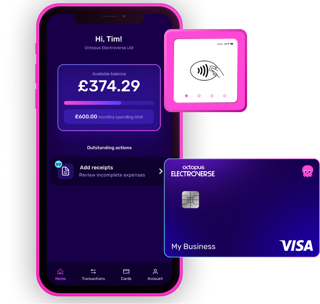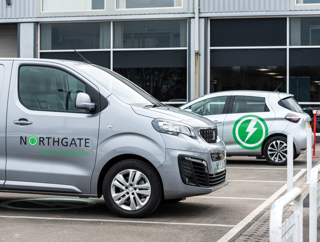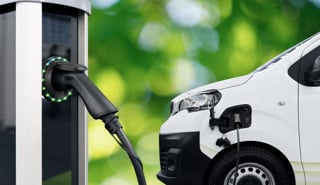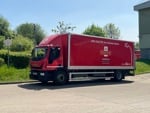
Fleet FAQ
Q:
How does vehicle-to-grid (V2G) charging work?
A:
Vehicle-to-grid (V2G) is a technology in ascendance as the transition towards zero emission vehicles accelerates.
V2G is a system whereby plug-in electric vehicles, when connected to a V2G charger, can provide bi-directional flows of energy and data so the battery can charge, store and discharge electricity when necessary.
By controlling the power and timing of charging and discharging of the vehicle battery, customers can optimise the electric resources available.
A number of demonstration projects in the UK have shown that, while V2G charging hardware exists and a few EVs support bi-directional charging, they aren’t ready for commercial deployment yet.
The E-Flex co-innovation project, funded by Innovate UK, is using active electric vehicles (EVs) in real-world fleets to prove the value of V2G technology.
The project, lead by Cisco in partnership with five other organisations across technology, academia, energy and the public sector, said that very few fleets have EVs suitable for V2G.
It also concludes that the hardware needs more time to prove itself, deployment is a slow process and currently the commercial case is thin.
But the technology is still developing, so these challenges are to be expected.
Changes to the policy and regulation of the energy system are happening at pace and this will facilitate both the installation process for V2G and the revenue streams it can access.
There will also need to be more compatible vehicles, and OEMs such as the VW Group are already starting to talk more openly about their plans for incorporating V2G compatibility into vehicles.
Standards and interoperability issues will also need to be ironed out which is expected to happen by around 2025.
When more vehicles are V2G compatible, fleets and organisations will benefit in a number of ways.
The explosion in energy prices in 2022 in the UK and Europe has shown that being in control of how and when you use your energy is more important than originally thought.
V2G gives more opportunities for energy optimisation, so you can charge the vehicles at the cheapest point of the day, and potentially move any other on-site electricity demands to cheaper periods too, turning your EV fleet into an energy storage asset. V2G can, potentially, optimise on-site solar generation as well.
V2G can also offer flexibility services (simply defined as the ability to change planned energy consumption at short notice) to both the Distribution Network Operator (DNO) and National Grid.
The trend is that both the accessibility and value of these markets is increasing so developments are well worth keeping an eye on.
While you wait for V2G to be viable for fleets, an informative free course from Cenex can help give you the confidence to evaluate the benefits, impacts and limitations of the technology.
It may not be a technology for fleets today, but well worth building into plans for the future.
> Interested in comparing electric vehicle data? Check out our EV tool.
> Interested in ensuring the efficient use of EVs. Check out our dedicated editorial sections: Insight & policy | EV news | Charging & infrastructure | Costs & incentives | Benefit-in-kind | EV case studies | EV road tests
> EVs by price: lowest to highest
















